At the end of last year a friend of mine gave me his neglected Canon AE-1 Program camera. To say I was delighted would be an understatement.
When I began this film photography hobby, I spent a lot of time online reading old SLR camera reviews and flip-flopping over what to buy as a starter camera. I was completely drawn in by every “best camera ever” review, and soon plucked up the cash and courage to go to an actual shop and buy one. I thought the Canon AE-1 Program would be the perfect starter camera, but I fell in love with a black-bodied Pentax MX in the store at a much lower price and with the storekeeper’s assurances that because it is fully manual nothing could go wrong, and it would last my lifetime.
I believed the Pentax MX made photography easy: because there’s a traffic light system in the viewfinder, and all I have to do is play around with the aperture and shutter until the light is green, then take my photograph. However I hadn’t realised how a poorly chosen aperture would result in a completely different photograph to the one intended. I frequently mis-remembered whether an open or closed aperture gave the largest depth of field. On top of this, the depth of field at f/1.4 is extremely shallow, so I often found my cleverly framed images were blurred. Eventually I learned to slow down, to take my time, and think carefully about the image and camera settings.
Being slow sometimes means missing a photograph.
So I was looking forward to playing with the Canon, and rather sad to discover it was completely dead. It wouldn’t wind on, the shutter wouldn’t fire, the case was dirty with sticky dust, and the plastic casing of the 50mm lens was cracked. A fresh battery made no difference and I couldn’t justify sending it off for repair, so it sat on my shelf and I occasionally thought of selling it for parts.
Last week, I began to think about repairing it myself, and after a couple of YouTube searches , discovered how easy it could be to fix. I bought some nice little screwdrivers, set to work, and was genuinely surprised how simple the Canon was to repair. The shutter now releases, and the coughing noise was sorted with a drop of oil. Buying a secondhand 28mm f/2.8 lens to replace the broken 50mm one was the biggest expense, but still not very much money. After wiping the case with a damp cloth, it cleaned up beautifully: the camera looked good and gave all the impressions of a fully functional device. As I had a roll of Phoenix II colour film, I loaded it and went for a walk around Slaithwaite taking photographs in places I’ve taken them before with my Pentax. I wanted to see if the camera was actually working or just pretending to work, and whether the photographs would be comparable to ones I have already.
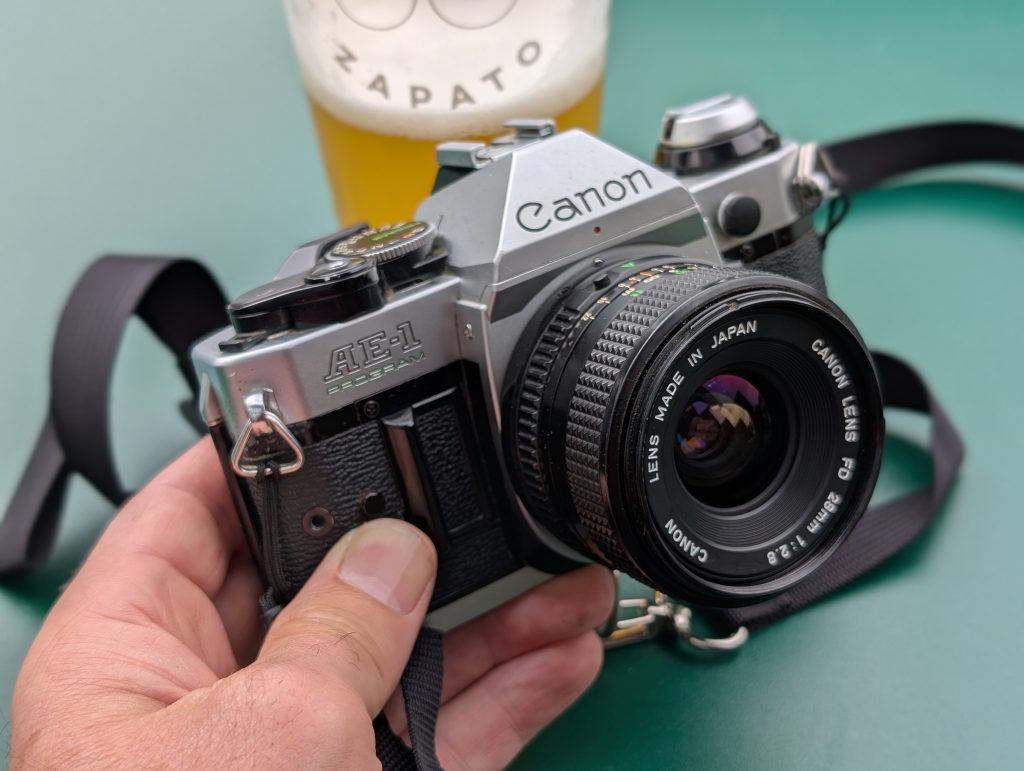
It surprised me just how easy the Canon is to use. I put the shutter speed to ‘PROGRAM’ and the lens to ‘A’, which set the camera to fully control the aperture and speed. Then I walked around and took photographs: point/shoot/wind… point/shoot/wind… over and again. Unlike the Pentax MX process of composing the picture, focusing, balancing the aperture and speed, looking for the little green light, then checking the picture composition one more time before releasing the shutter… unlike that, I just pointed the Canon AE-1 Program where I wanted to photograph, focused, and took the shot. I finished the roll of 36 in no time at all.
Being impatient to find out if my repair had worked, I took the roll of film to the Max Spielmann store in Huddersfield as they have a 1 hour development service… and oh my goodness: it worked! I’m so delighted to have taken a non-functioning analogue camera and given it a new lease of life.
Here are the photographs, and this highlights something else… how liberating a 28mm lens is. I felt much more at ease snapping photographs quickly at 28mm than at 50mm. So it seems that I now have two distinctly different SLR cameras. The manual Pentax MX suits the 50mm lens because I have to take my time anyway, and that’s okay. The Canon in automagic mode suits the 28mm lens because it gives me the freedom to snap quickly.
To see the results, have a look at these photographs from my photo-walk around Slaithwaite, looking at the world through Harman Phoenix eyes:
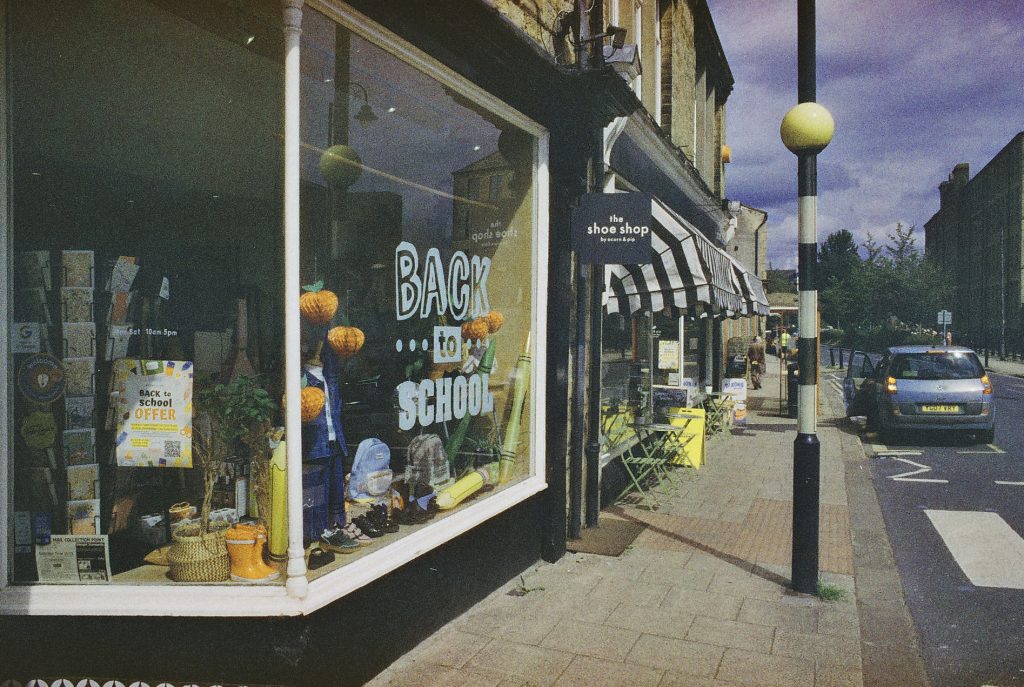
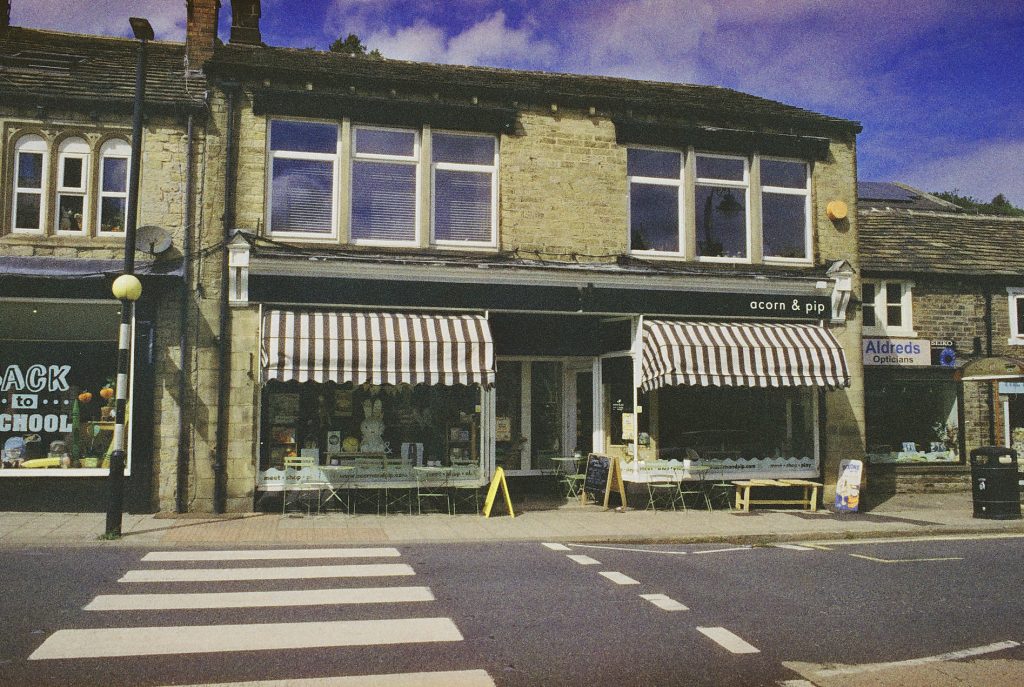
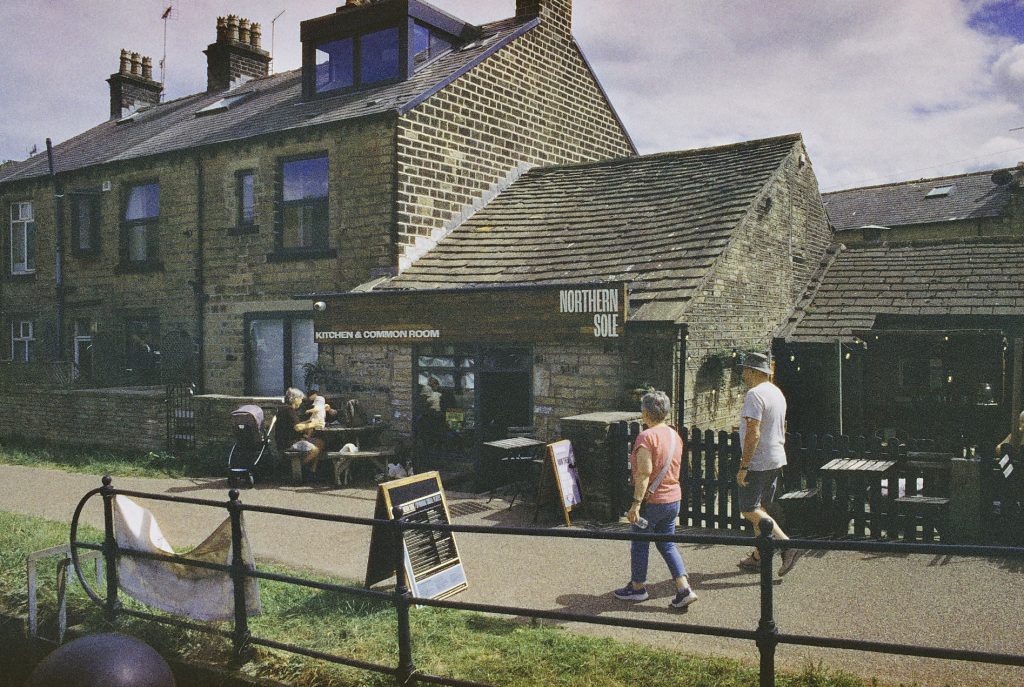




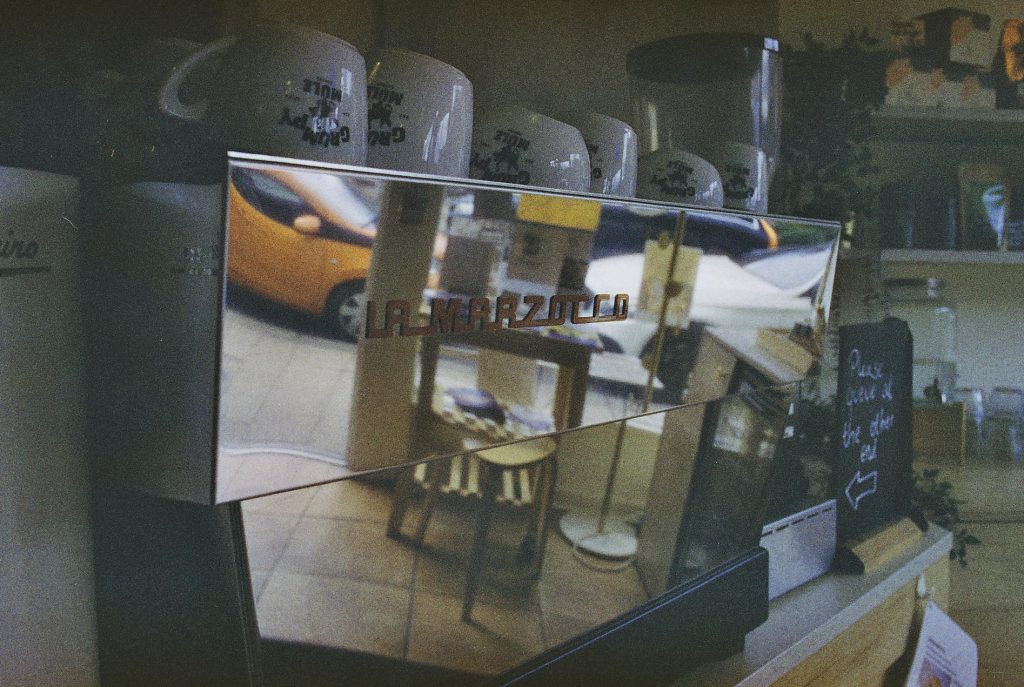

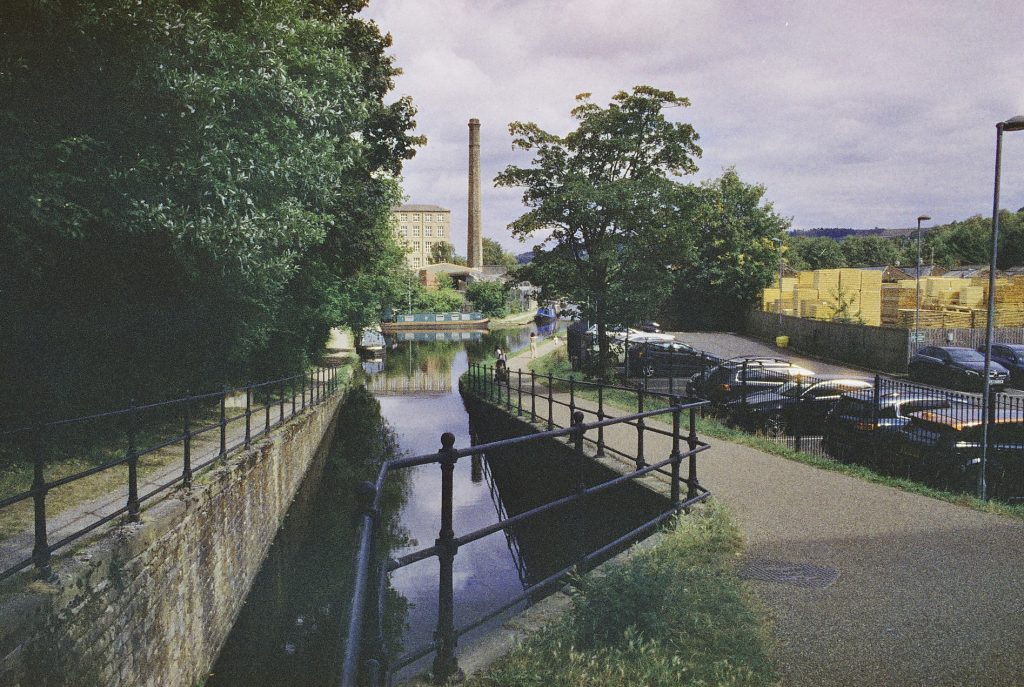
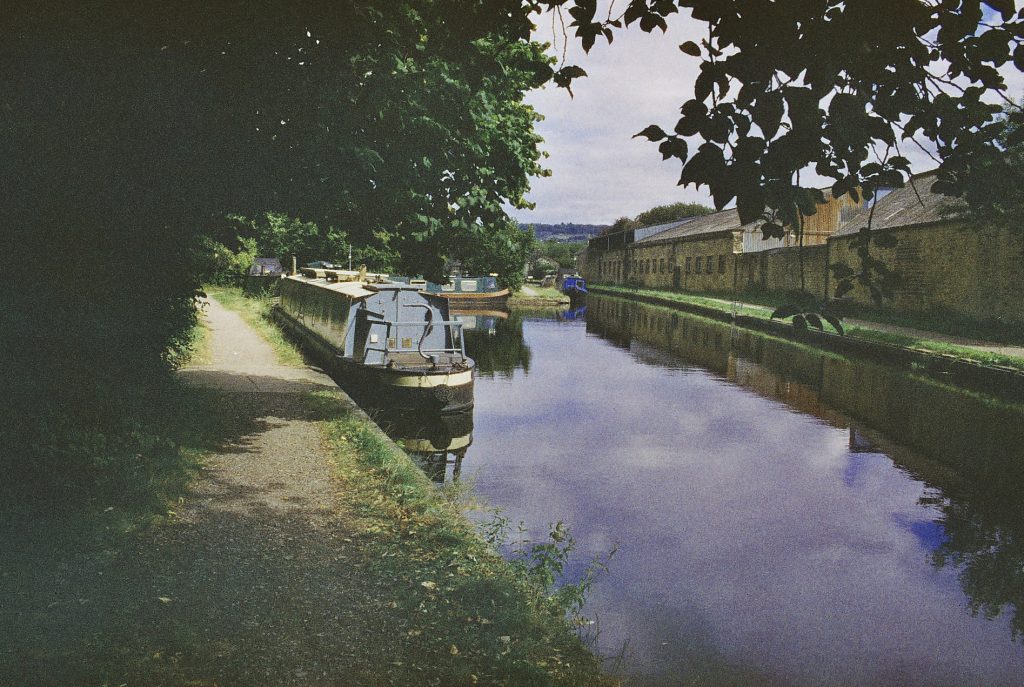
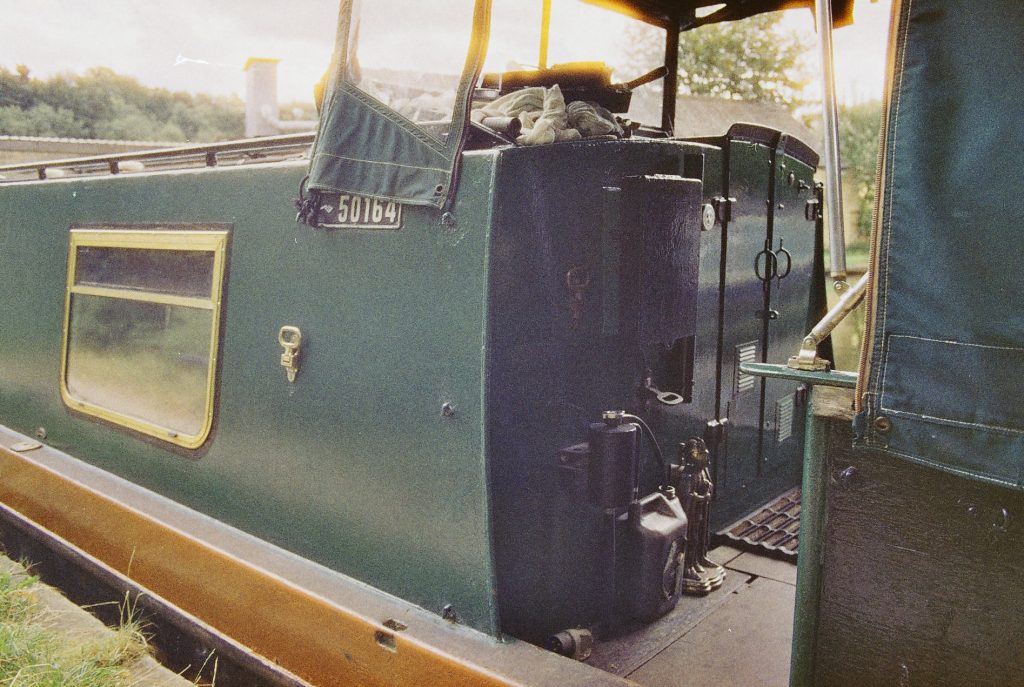
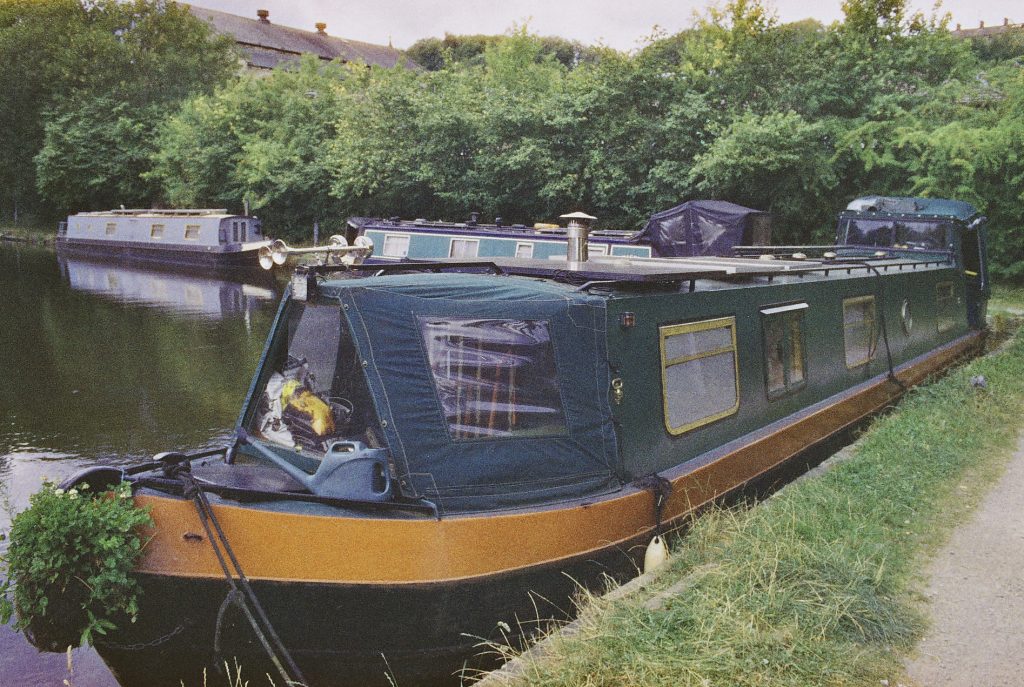
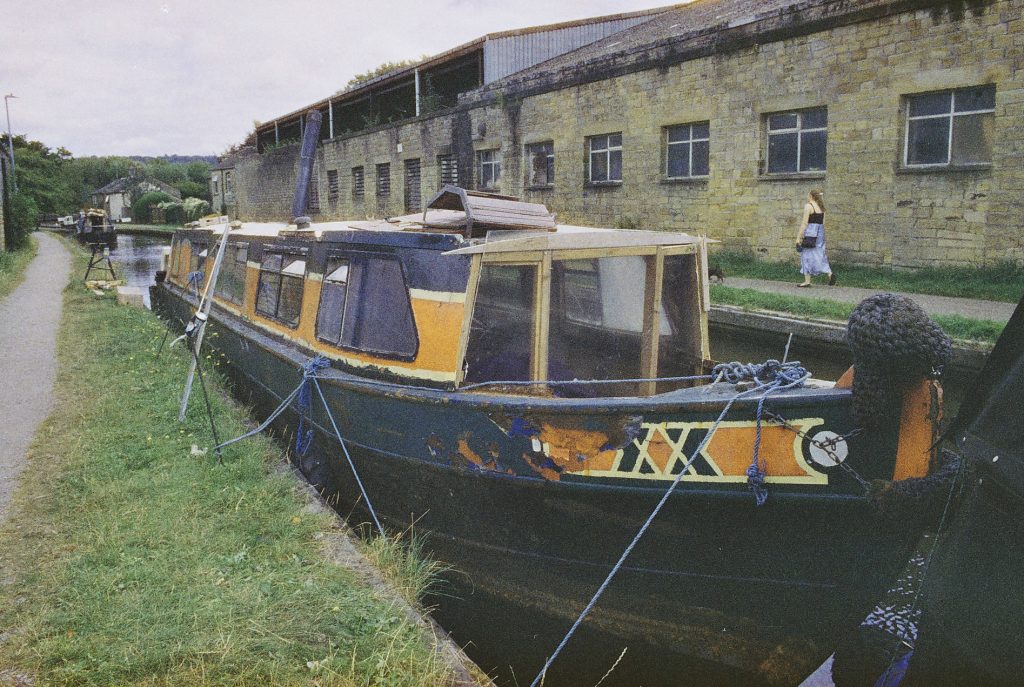
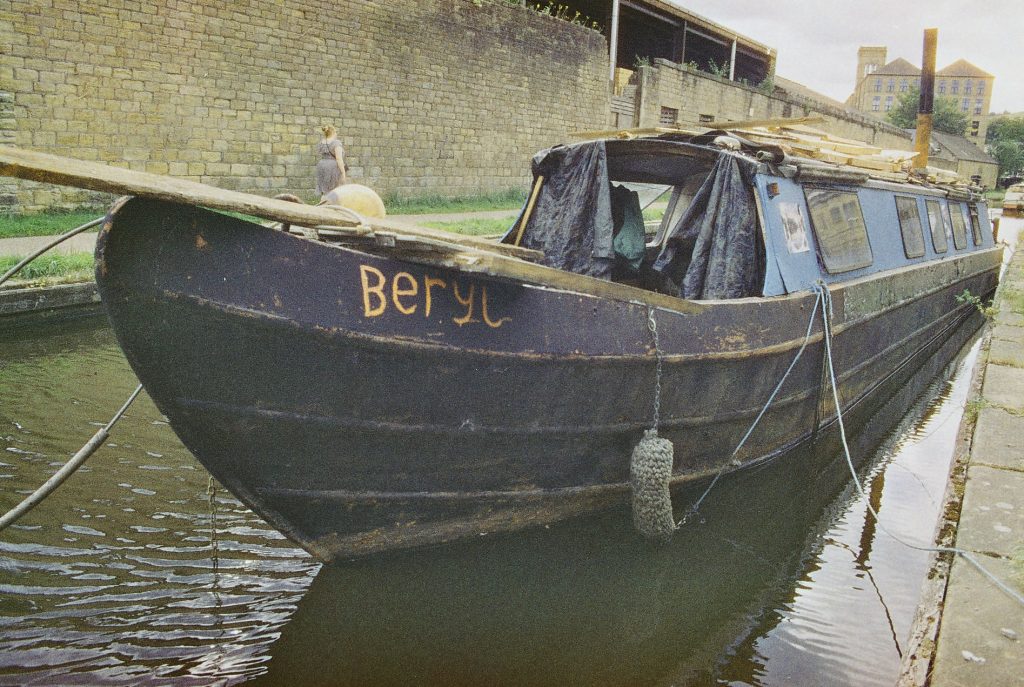
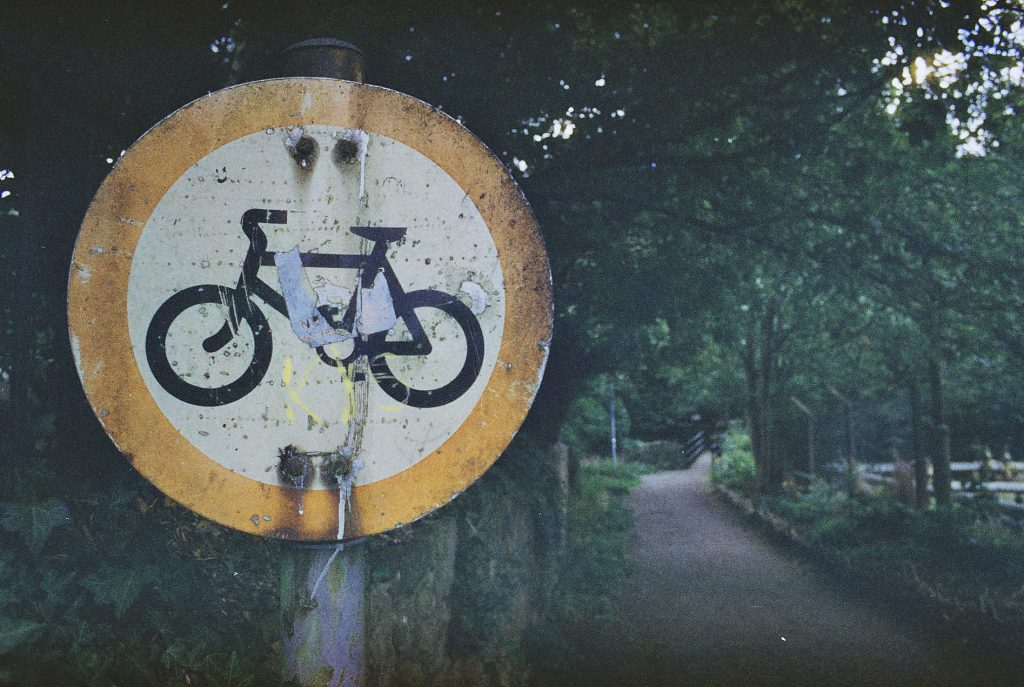
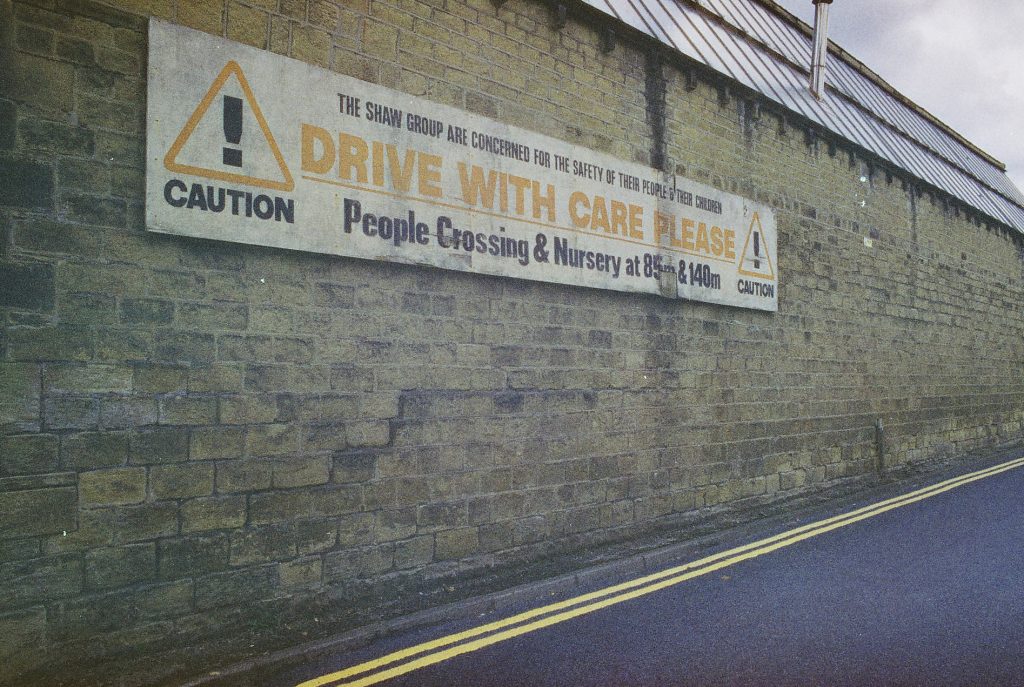
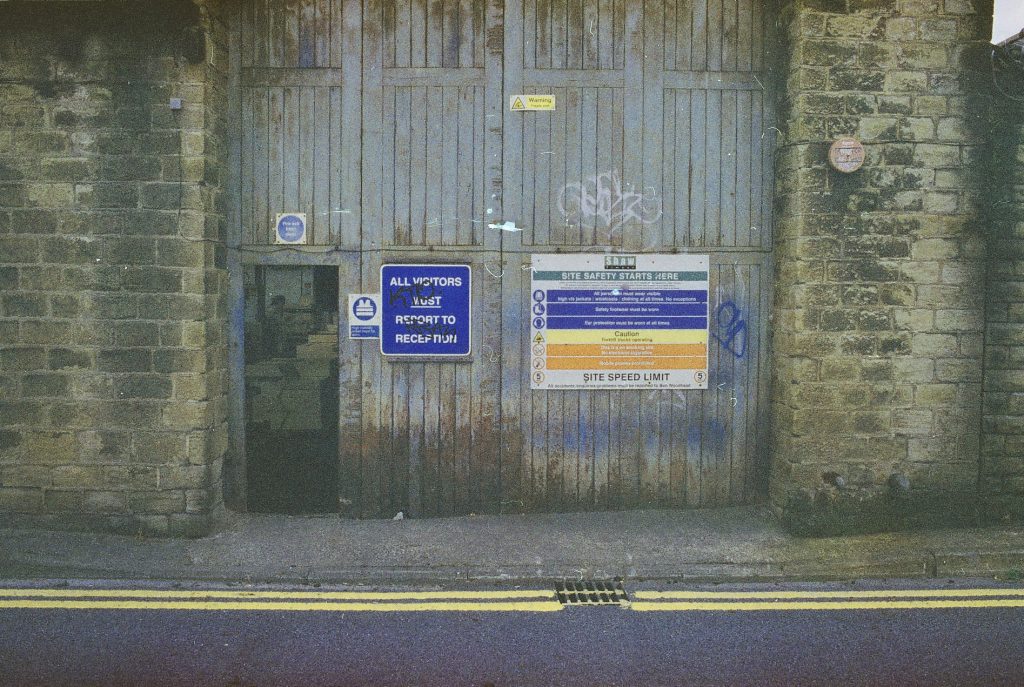
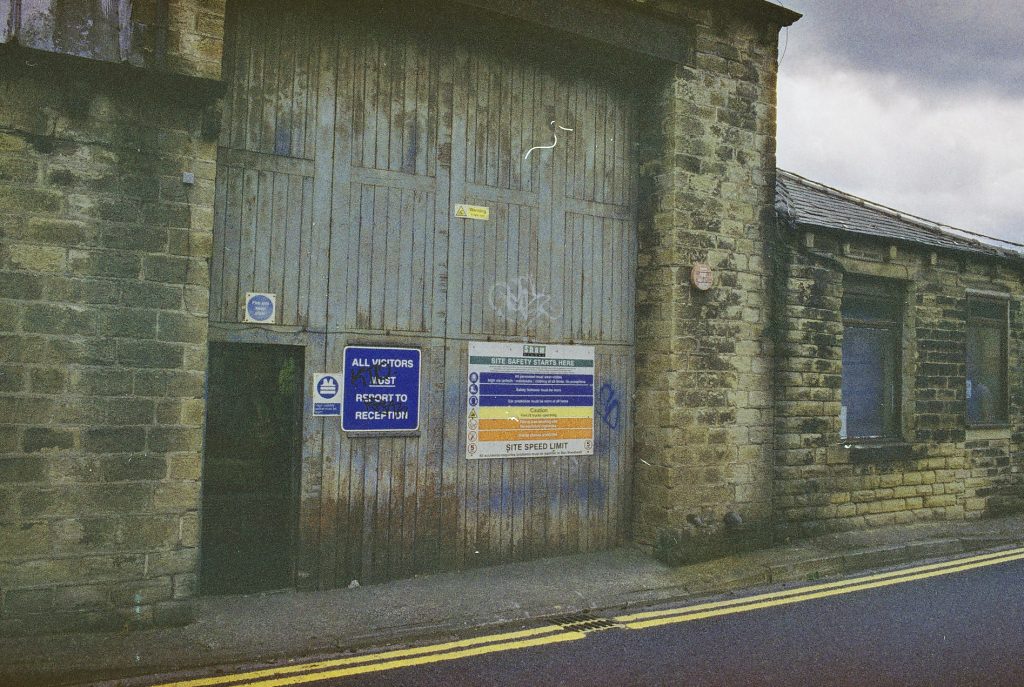
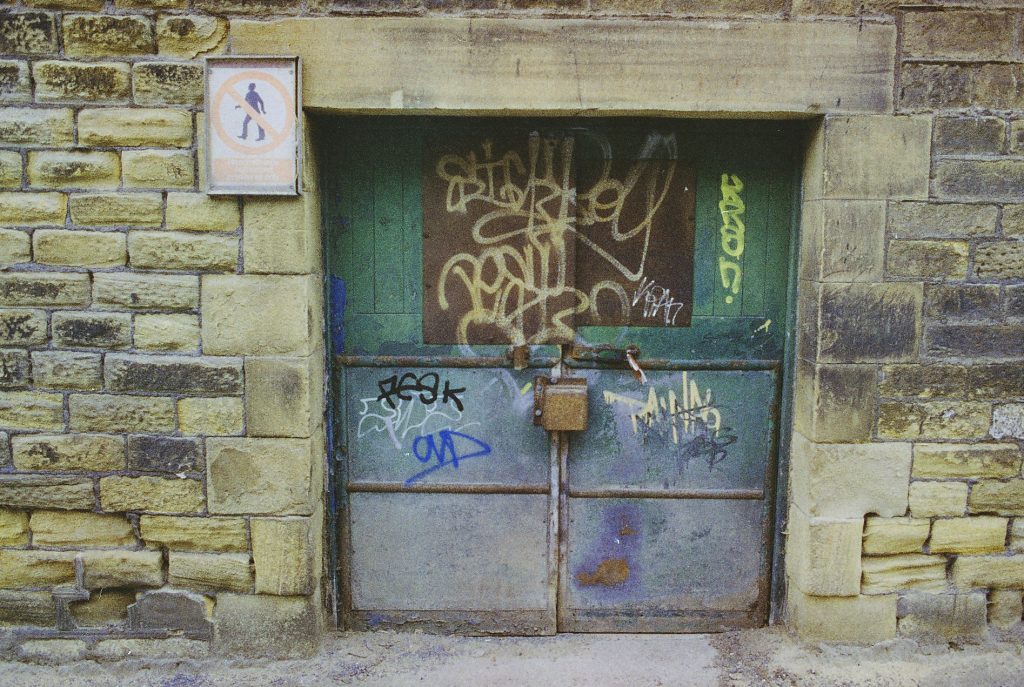
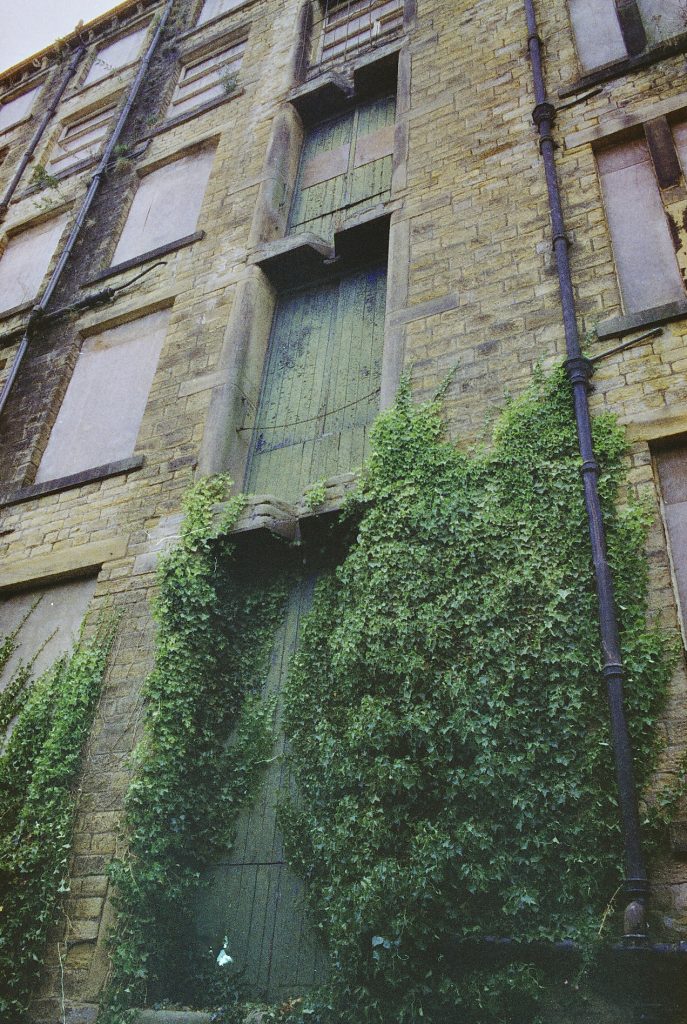
All photographs taken with Canon AE-1 Program, 28mm f/2.8 lens using Harman Phoenix II 200 ISO colour film. © 2025, Graeme Holdsworth, all rights reserved.
